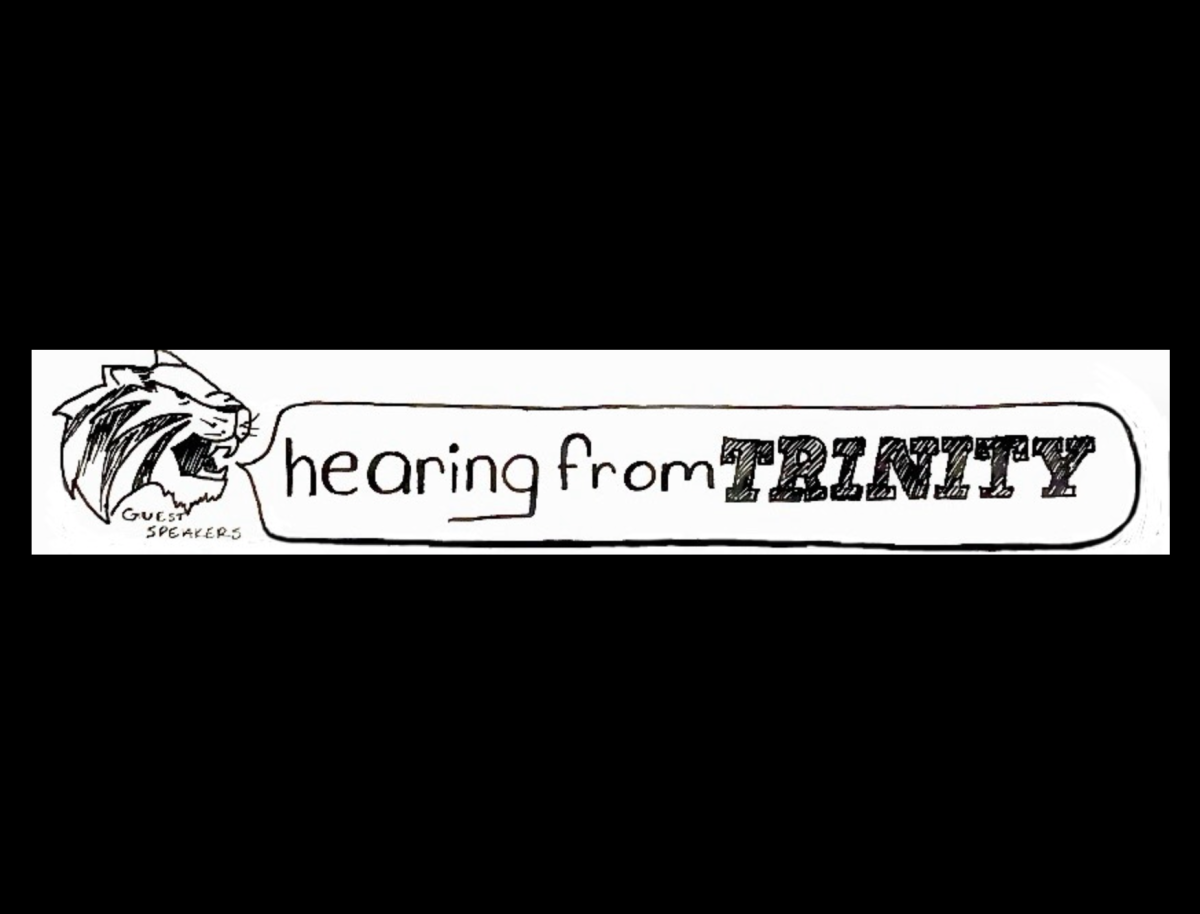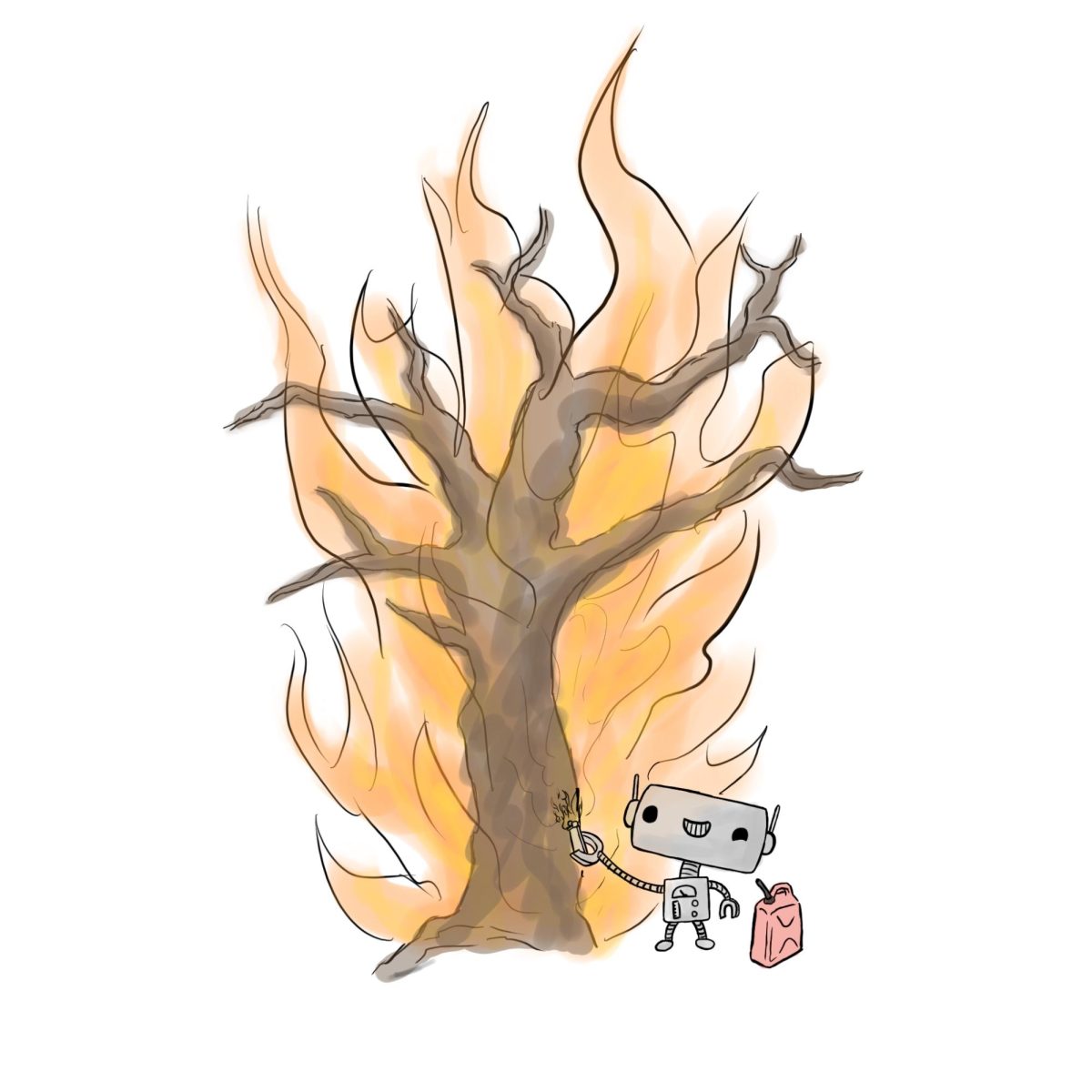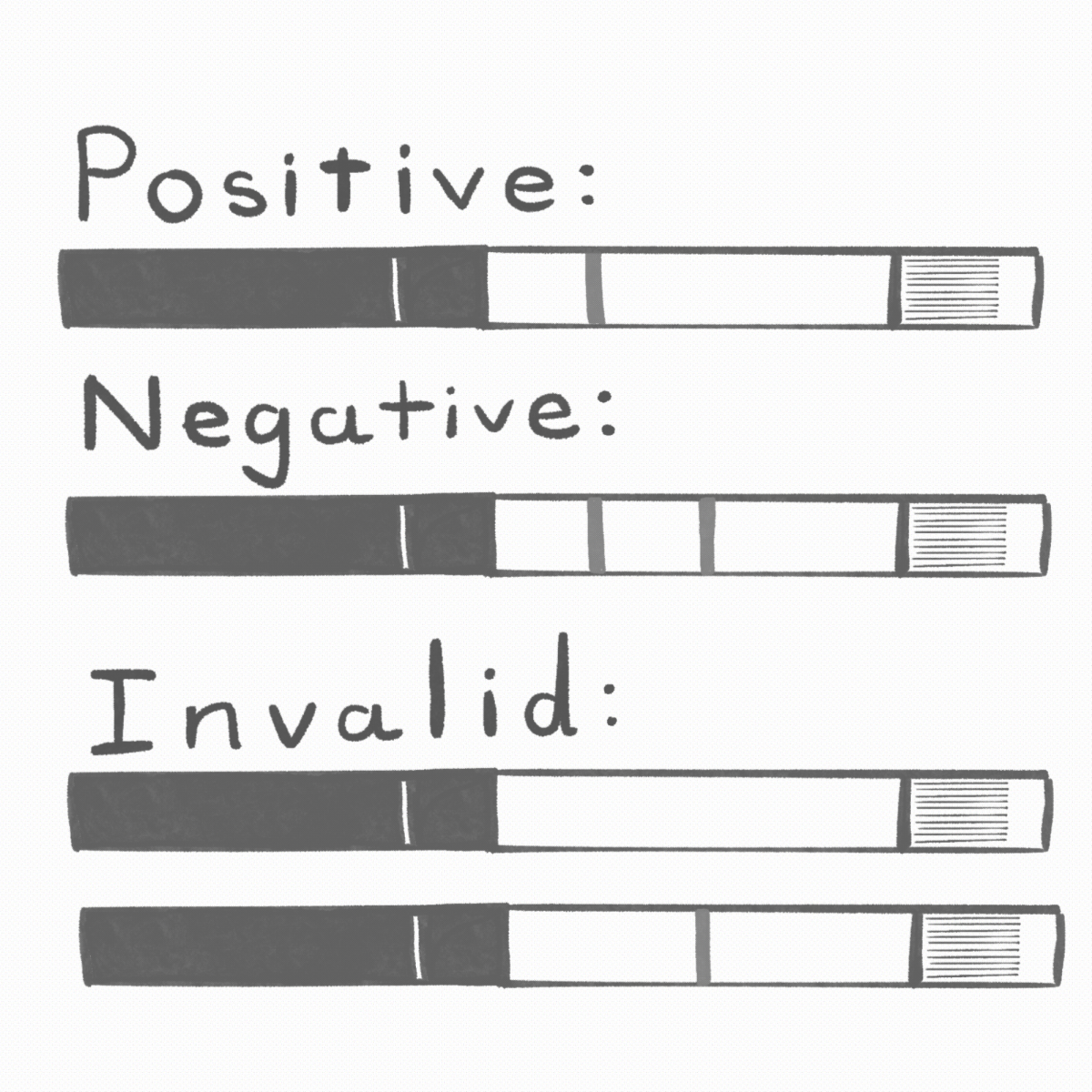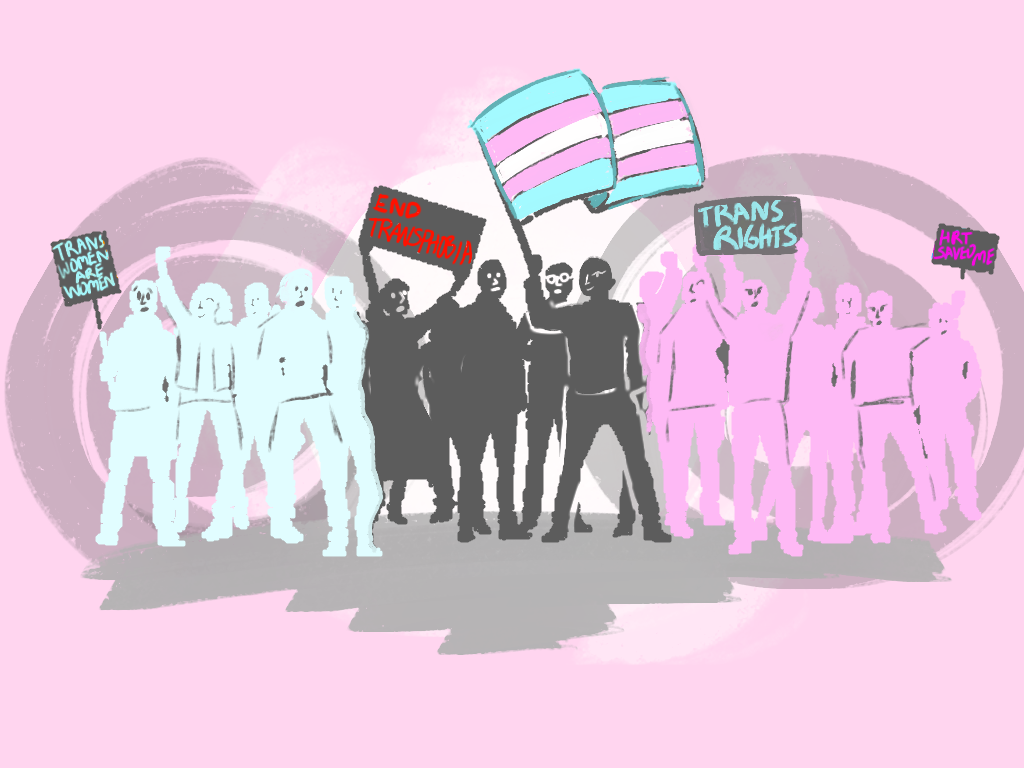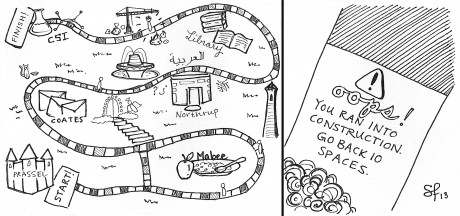
On Feb. 5, Dennis Ahlburg, president of the university, and Gary Logan, associate vice president for finance and administration, decided to uphold director of facilities services John Greene’s decision to maintain the bollards blocking traffic behind the Bell Center (see Page 3).
To be honest, their decision came as a surprise to those of us at the Trinitonian. We’ve followed the issue closely, reporting on it multiple times and even conducting our own poll.
In November, we asked, “Do you think Trinity should remove the poles blocking traffic behind the Bell Center?” Aside from a poll involving Greek life, this question received more responses than all of our other polls posted this year.
An overwhelming majority””264 people””voted “yes,” with only 17 people voting “no.” The numbers make it clear that this is an issue students feel passionately about.
Our reader’s opinions are only further supported by ASR’s findings and their October resolution, which passed unanimously, and asked for the bollards to be removed. Once again, it’s clear that this is an issue that students felt passionately about, because ASR viewed the problem as significant enough to warrant a resolution””something they hadn’t pursued in the last two years.
The decision to remove the poles was also supported through a unanimous vote by the Parking and Traffic Committee, a group made up of students, faculty and staff.
Opponents to the bollards have cited multiple reasons for their discontent: safety hazards, the division of upper and lower campus, having to leave the campus itself to reach the other side, confusion for visitors, increased parking difficulties and inconvenience.
However, proponents offer up only one reason: to make the campus more pedestrian-friendly, as part of the overall master plan.
On multiple occasions, John Greene has talked about how the bollards have significantly reduced vehicular traffic in the area.
“We don’t want traffic to cut through campus that would normally cut through campus. By putting the bollards in, the vehicular traffic has gone from a significant amount to almost nothing now,” Greene said in our Nov. 2 issue.
Well, obviously, big metal poles are definitely a deterrent to drivers not wishing to make a trip to the auto-body repair shop, and while the bollards may be effective at reducing traffic (we don’t think anyone disagrees with that point), they don’t seem to meet any need expressed by the general populace.
We’d like to request that the administration expand upon their reasoning and provide concrete evidence of two things: 1) that the previous levels of traffic presented a threat or nuisance to our community and 2) that members of the community felt they were adversely affected by the traffic. Gauging the response from students, the answer to both of these claims is “no.” Did either the administration or Greene poll students, faculty and staff before they put the bollards into place? Did they conduct a comprehensive study related to traffic on campus? If so, we’d like to see the results.
We feel that, in ignoring student opinions, the University Master Planning Committee””comprised only of staff and faculty””has ignored the suggestions of students and failed to recognize that this change does, in fact, affect students more than any group on campus.
We understand the benefit of having the bollards up during athletic events like football games, but having them up permanently does nothing but limit us. The majority of people who use that area behind the Bell Center are students driving or walking to and from class or hanging out around the pool and athletic fields. Because classes are held on upper campus, most faculty members are constrained to that area. Likewise, most staff positions are allocated to upper campus. It’s upsetting to think that those least affected carried the most weight in deciding this decision.
We encourage the administration to reconsider the proposed compromise suggested by Sean Solis, vice president of ASR, to use speed bumps or stop signs in place of the bollards, and ask that they really listen to what we have to say. We also encourage students to respectfully protest the administration’s decision by attending the ASR meeting at 8 p.m. on March 5 in upstairs Coates. Both Greene and Logan will be in attendance and, hopefully, eager to hear from students.

